Do you have a question about the Ei Electronics Ei140RC Series and is the answer not in the manual?
Introduces the Ei140RC series, Easi-Fit base, interconnection, and LED indicators.
Explains how to interconnect Ei140RC series with other Ei Electronics RadioLINK products.
Provides essential Do's and Don'ts for using the alarms, covering maintenance and protection.
A critical safety warning against using open flames for testing alarms.
Procedures for testing interconnected alarms and checking mains battery back-up functionality.
Advice on monitoring alarms for beeps and procedures for switching off mains power for long periods.
Safety warnings regarding electrical shock and not painting the alarm unit.
Step-by-step instructions for silencing a nuisance alarm using the button.
Steps to identify the source and address alarms sounding without a clear cause.
Troubleshooting steps for low battery warnings and other beep issues.
Addresses issues where interconnected alarms fail to sound simultaneously.
Step-by-step guide on how to safely remove the alarm unit from its baseplate.
Describes the requirements for optimal protection in dwellings.
Outlines the requirements for basic protection in dwellings.
Details the requirements for minimum protection in dwellings.
Describes ROI requirements for optimal protection in dwellings.
Outlines ROI requirements for basic protection in dwellings.
Summarizes alarm selection based on location, fire response, and nuisance immunity.
Information on when the Ei140RC series alarms are suitable for a Grade D system.
Instructions for positioning alarms on sloping or peaked ceilings.
Guidelines for wall mounting smoke alarms when ceiling mounting is not feasible.
Lists areas where alarms should not be placed due to false alarms or reduced effectiveness.
Precautions when connecting to alternative energy sources and light dimmer circuits.
Advice to avoid dust contamination during building work to prevent malfunction.
Includes disconnecting power, accessing terminals, and warnings about mixing live/neutral.
Details on connecting mains wires, interconnect wires, and ensuring proper connections.
Includes attaching the unit, battery, performing a test, and connecting mains power.
Instructions for labeling the distribution board and verifying circuit identification.
Specifies maximum alarm limits and advice for planning large systems to avoid nuisance alarms.
A crucial warning against connecting incompatible alarm models due to potential damage or hazards.
Emphasizes the need to follow local wiring regulations for installation.
Recommends UK wire colours and highlights interconnect wire safety and handling.
Specifies maximum wire length and recommends interconnection only within a single dwelling.
States that heat alarms must be interconnected with smoke alarms for a complete safety system.
| Standards Compliance | EN 14604:2005 |
|---|---|
| Type | Smoke Alarm |
| Alarm Volume | 85dB at 3m |
| Test Button | Yes |
| LED Indicator | Yes |
| Operating Temperature | 0°C to +40°C |
| Hush Function | Yes |
| Low Battery Warning | Yes |
| End of Life Indication | Yes |
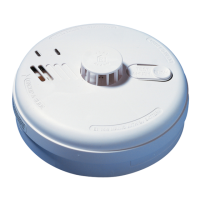
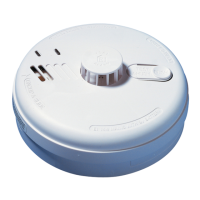
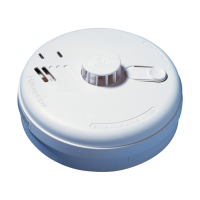
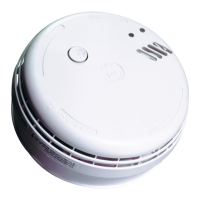


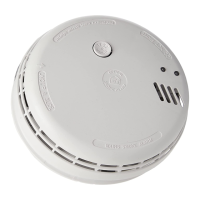
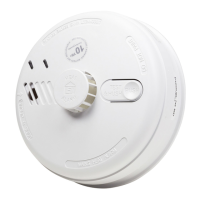
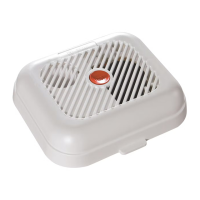
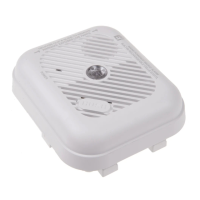
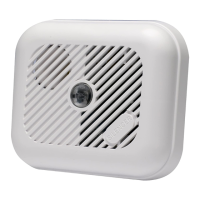
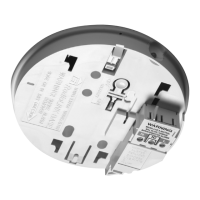
